The Democratic and Republican conventions are a fascinating study in communication. While most of the speakers are communicators, they're also saying what their constituents want to hear. There's a lot of "he said, she said, we all want some ice cream" (or something like that).
The challenge with political speeches is understanding what was meant from what was said and then seeing what was really meant once the candidates are elected.
Interestingly, the same challenge occurs in our day-to-day interactions with friends, family, and colleagues. The difference is, we don't have millions of people to hold us accountable for what we said. But when you boil it down to the basics, the key to good communication is really about paying attention.
One night at dinner, I was trying to explain the difference between the North and the South to my 11-year-old son, Ryan. Since I grew up in the mountains of Virginia and my wife grew up on Long Island, I was trying to educate him on the differences in our upbringings.
I said to Ryan, "When I was in high school, there was a huge Confederate flag painted on the side of our football stadium, and every time the football team scored a touchdown, the band played 'Dixie.'"
I looked at Ryan and said, "That was not appropriate, and thank goodness, we don't do that anymore."
Ryan had this pained expression on his face. He looked at me and said, "Dad, you went to high school during the Civil War?"
Apparently when it came to history class, my child was left behind!
In my attempt to communicate with Ryan, I had not been effective. So, what happened? Essentially, neither of us was paying attention to the communication process. And the responsibility for being effective was mine.
In the simplest of terms, good communication only involves two steps: empathy and clarity.
Empathy is about the other person. It's paying attention to how someone receives information. Once we know how they understand, we can create a message that is more easily understood. That's how political candidates design their messages. They know what their constituents want to hear and then craft a message that addresses those wants.
Clarity, on the other hand, is about us. It's about our paying attention to how the message is communicated so that our intended message is what is actually heard -- rather than what (we think) we said. The most common communication errors occur when the message gets lost between the sender and the receiver -- as with Ryan.
So, effective communication is not really that difficult. It starts with the intent (which is in our head), the message that is communicated (which is in our words, our voice, our body language, etc.) and ultimately the information that is heard (which is in the listener's head).
Imagine if I gaze into my wife's eyes and say, "When I look at your face, time stands still."
Wouldn't she love that? I can assure you that she would.
Imagine, on the other hand, if I gaze into her eyes and say, "Your face would stop a clock."
Would she love that? I can assure you that she would not.
The intended message may have been the same. But what was said and what was heard was not.
Communication is not easy. But it doesn't have to be difficult. We just need to pay attention.
For more by Ron Culberson, MSW, CSP, click here.
For more on emotional intelligence, click here.